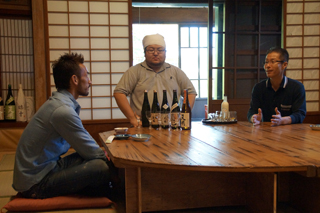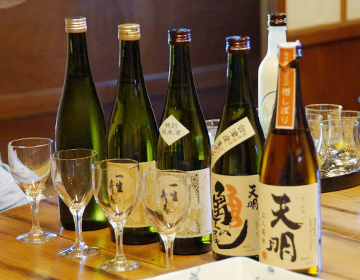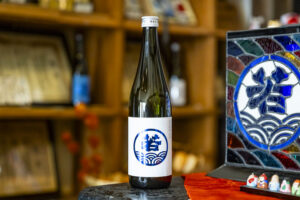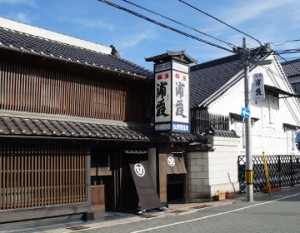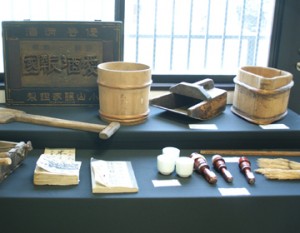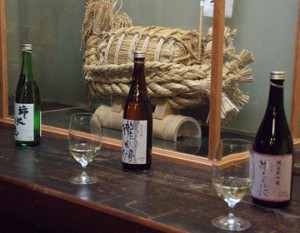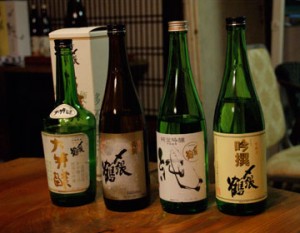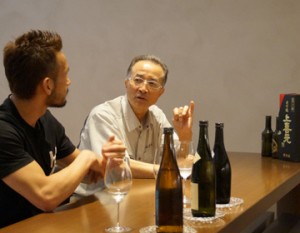What is Akabane Shuzo aiming for?
Akabane Shuzo came to be in 1904. It is a brewery which has been loved for more than 100 years in Aizu. Aizu has four distinct seasons. In the winter, it is completely covered by snow. The same is true for the warehouse at Akebono Shuzo. It takes time for the ”sake” to become fermented, and they have maintained the same taste for more than 100 years.
The philosophy Akebono Shuzo has towards their ”sake” is ”Taking the wonderful things that have been handed down to them from earlier generations, and passing it on to the next generation”. Akebono Shuzo’s popular labels such as ”Tenmei” and ”Kameno-O” fit that philosophy. The ”sake” is refreshing and easy to drink. It’s a very typical Japanese ”sake”, and you never tire of the taste no matter how many times you drink it. That’s the kind of ”sake” it is.
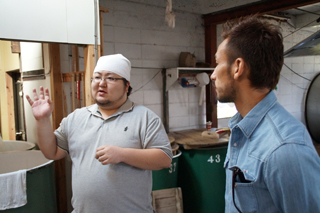
Rich, yogurt ”sake”
The master brewer, Takashi Suzuki told us that it wasn’t enough to just continue making ”sake” using the traditional methods ”as is”. An example of that is ”to challenge”. They gave us a ”sake” based yogurt liqueur made with ”sake” using only locally harvested ”Mizuho Kogane” rice, and yoghurt made from 100% Aizu produced milk. We gave it a try.
It tasted very strongly of yogurt, just as Nakata commented ”It has the thick taste of yoghurt.” This liquor can be enjoyed even by those who do not like the typical ”sake”. We also got to taste the plum wine, which they began making the previous year. Suzuki told us that by attempting to create sweet varieties of ”sake”, he hoped to entice the younger generation as well as those who are not ”sake” fans.
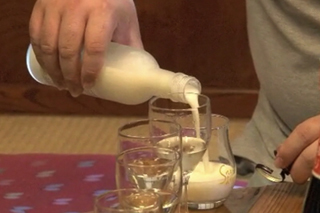
Why are we doing this?
They are, after all, a traditional brewery. At first, the employees kept asking ”Why are we doing this?” Still, thinking about the decreasing demand for regular ”sake”, he thought ”It is important for us to make the adjustment to society.” The employees were hesitant at first, but as they made new ”sake”, they began empathizing with Suzuki’s philosophy.
When we asked Suzuki what he enjoys about making ”sake”, he responded, ”Making ”sake” is really rewarding. Rice and water are different every year. We have to fully understand that and come up with the final product. That’s the interesting part.”
Although it might be subtle, butthe ingredients differ year by year. Since the rice and water are different every year, the ”sake” is different every year. For ”sake” drinkers, this is something to look forward to.
There are varieties of ”sake” with different tastes and characteristics, that can be enjoyed by a wider audience. At the same time, those enjoying ”sake” can learn about what they are drinking. There seem to be endless possibilities to enjoying ”sake” culture.
